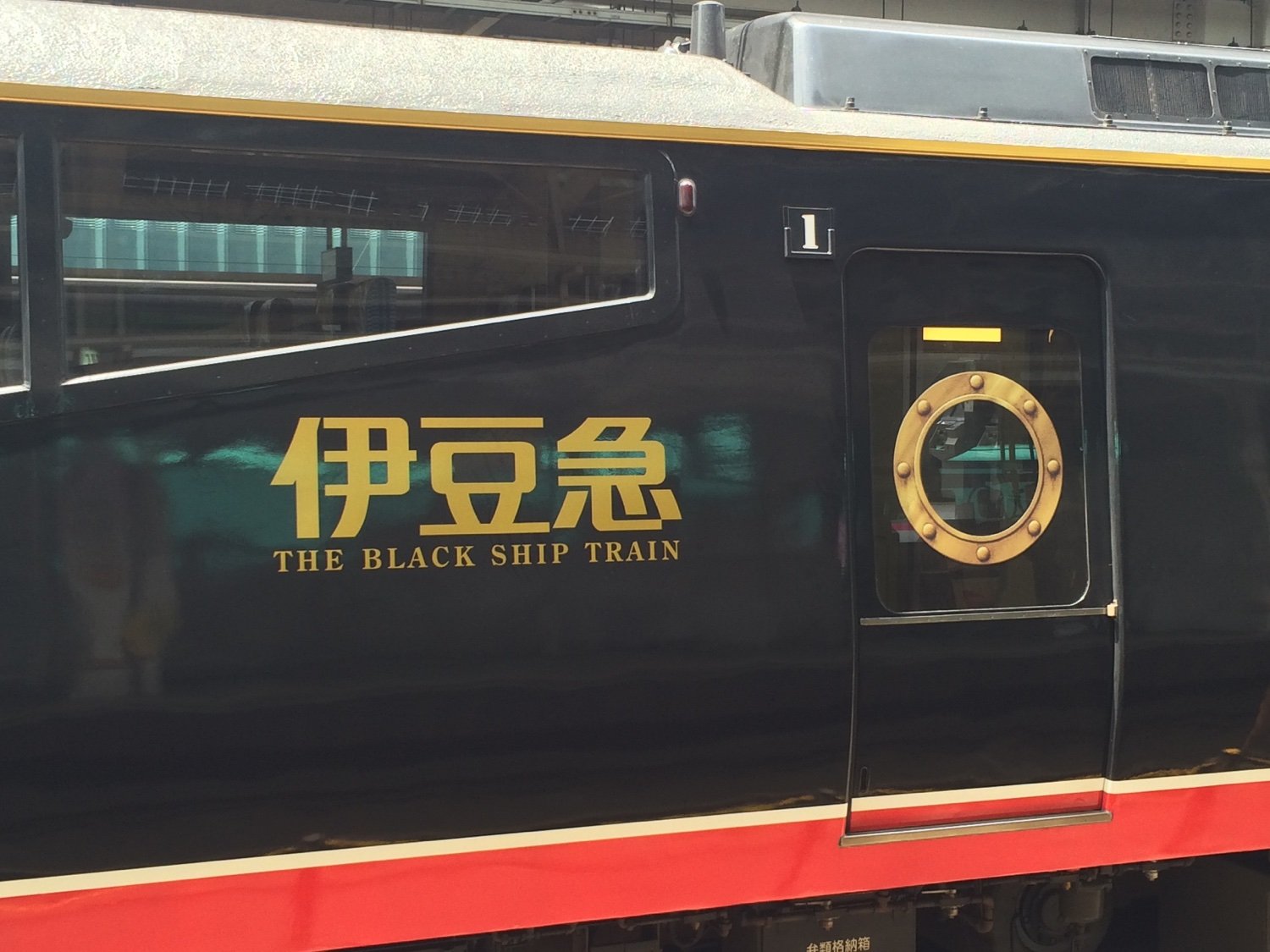Above: Toei 6000 series streetcar No. 6152, nicknamed Ichikyu-san (193 or One-eye), being displayed in a preserved state at Arakawa Amusement Park in 2015.
This is not a random car that was chosen to be displayed instead of scrapped, 6152 is something of a celebrity in Tokyo.
The 6000 series was built between 1947 and 1952. These streetcars were among the first new trains built by Japan after World War II. They were used on tram lines throughout Tokyo, primarily replacing pre-war 3000 series streetcars that were either lost to bombings or overworked until they literally fell apart. The few remaining 3000 series streetcars that still ran were refurbished to resemble the 6000 series and kept in service until repairs became impractical.
Almost 300 of the 6000 series were produced and, by 1970, they represented the bulk of Tokyo's commercial streetcars in operation. However, it was in the 1970s that tram lines across the entire city were suddenly abolished. All tram lines were shutdown except for the Arakawa Line in northern Tokyo. Shortly after the shift away from streetcars, the entire 6000 series fleet was pulled from service and scrapped.
...With the exception of 13 cars. These cars were sent to the Arakawa City Depot for storage. One car (6152) was kept in service as a temporary vehicle that could be put on the line when needed. This is how "Ichikyu-san" started its journey.
Ichikyu-san was immediately refurbished with newer parts cannibalized from more-recent 6000 series cars that had been dismantled in anticipation of being put back into limited service. However, Ichikyu-san remained in depot. It became a glorified tool shed for the workers there. But in 1986 it was refurbished again with new safety and electronic equipment and put back into full-time service on the Arakawa Line.
In 1988 its power system and doors were updated and it was repainted in the original deep green and pale yellow livery it began life with (as seen in the photo) and was used for special events.
In 1993, Ichikyu-san was removed from service. Its condition had deteriorated and was given an emergency inspection, repainted in a lighter shade of green, refurbished once again, and sent back into service.
In 1994, additional upgrades were made to the car, including giving it a radio with the callsign "ninety-three". This is when car 6152 got its nickname "Ichikyu-san". Kyu-san for its callsign and Ichi for its singular headlight. Literally, it translated to 193, but also means One-eye (Cyclops). The train became a favorite among those that frequented the Arakawa Line.
In December 2000 and just six months later in June 2001, Ichikyu-san was involved in two separate collisions with trains on neighboring lines. Both accidents could be traced to the fact that the aging 6000 series streetcar had only one brake and no redundancy system when it could not slow the car fast enough. Additional refurbishments which would now require a new braking system became financially impractical. In December 2001, 6152 was formally retired from service.
Due to the unusual popularity that particular car had with the people of Tokyo, public calls for the preservation of Ichikyu-san were answered. Instead of being dismantled, 6152 was scheduled for preservation to the tune of 50 million yen, 20 million yen more than it would have cost to refurbish it so it could continue operating. Because of this, 6152 sat untouched for years as it was put towards the bottom of a list of other trains scheduled for preservation. A public call for support was placed on the internet, and in 2003, Ichikyu-san was put on display at Arakawa Amusement Park.
In 2007, the train received extensive repair as it had been rotting in place with no real work done to it since the 1990s. This repair work included restoring the original dark green and pale yellow livery that it was given back in the 1950s. It continued to sit exposed to the elements until 2022. After the entire park has been temporarily closed for remodeling, Ichikyu-san was completely renovated and reintroduced as a restaurant called Cafe 193. It now sits under a canopy and its interior is open to the public for the first time in over 20 years.
Today, only six other 6000 series streetcars remain, most are on public display in different areas around Tokyo, and with different liveries. But none of them are as long-served or as loved as Ichikyu-san.
Picture taken by me in 2015. Part of my Rolling Stock series of posts.
Previous Rolling Stock posts:










He’s a shoe-in for CFO.